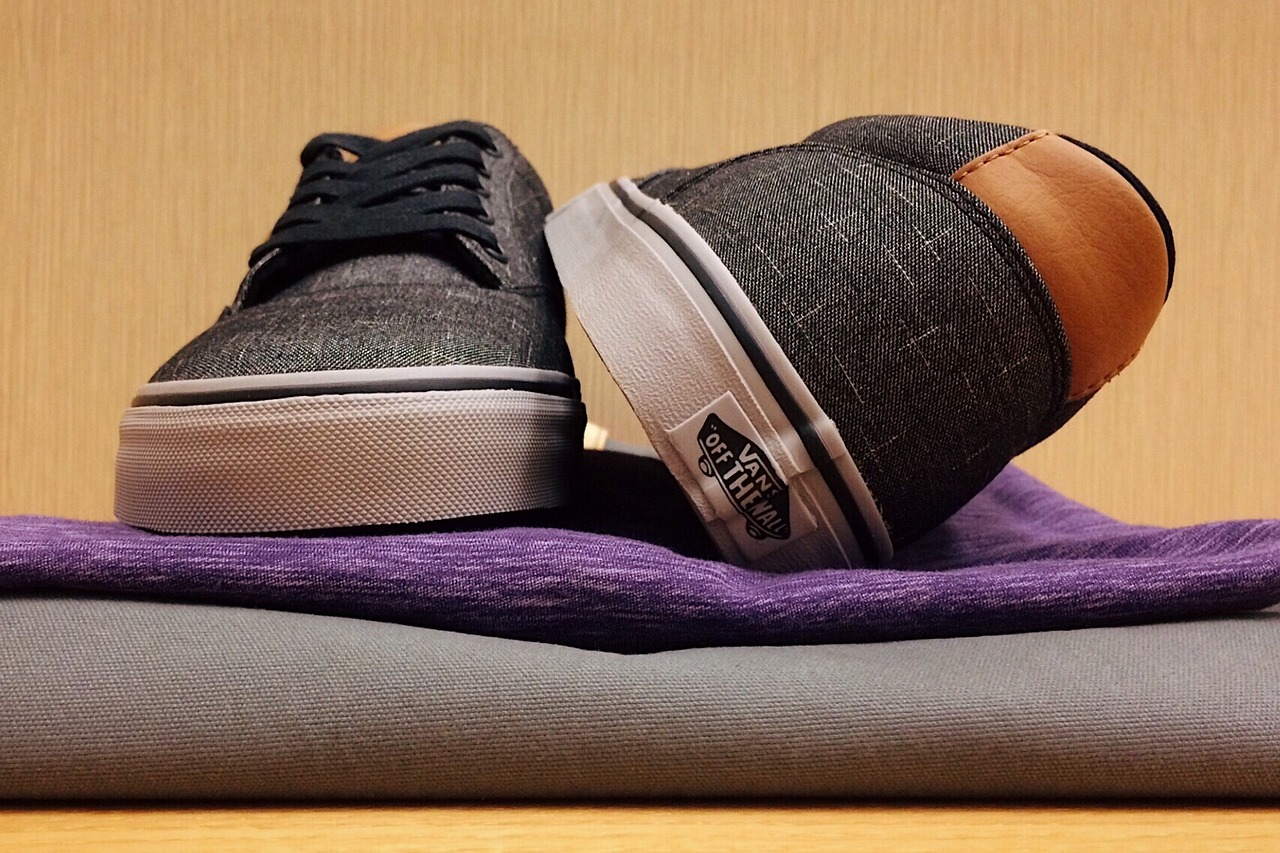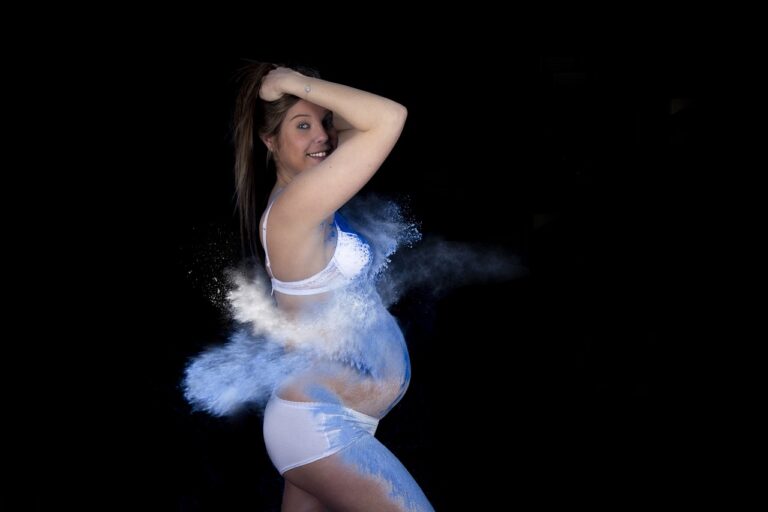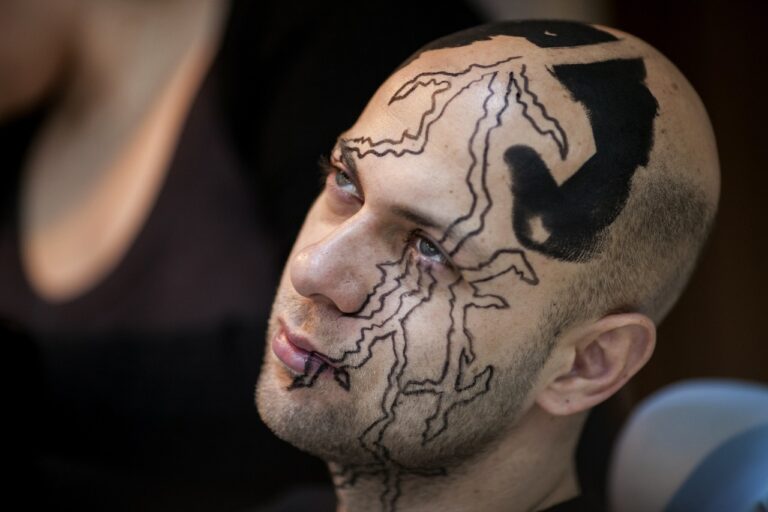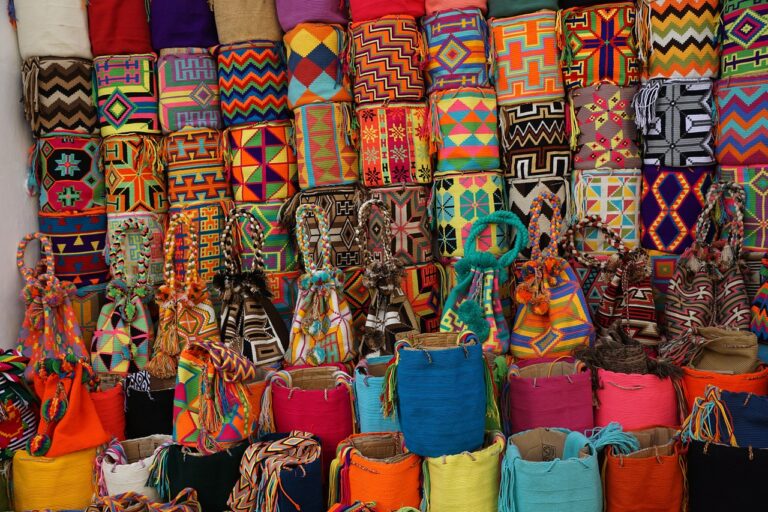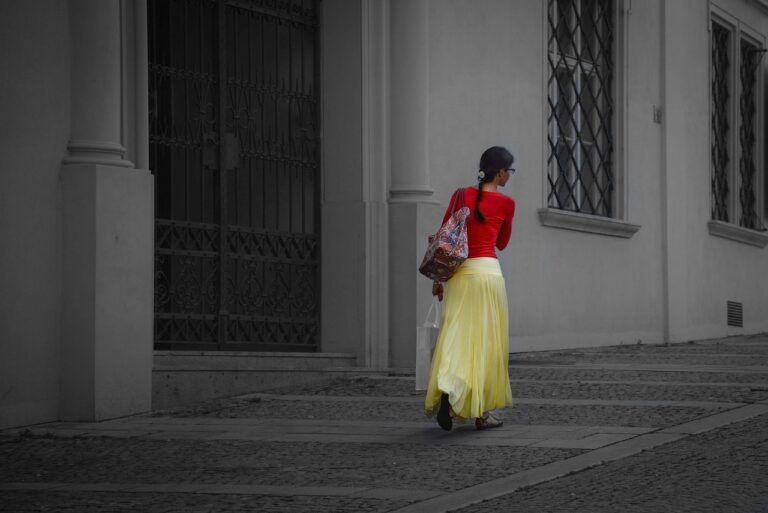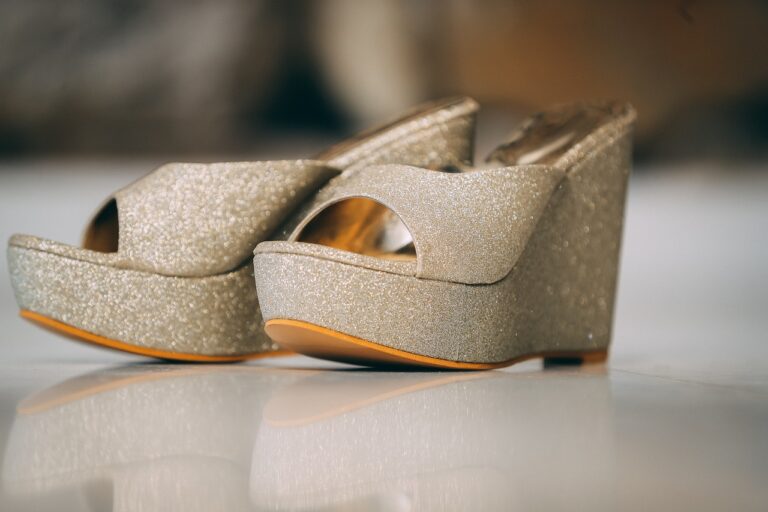Fashion and Street Art: Exploring the Intersection of Graffiti and Style
Street art and graffiti have roots that trace back centuries, with ancient civilizations using public spaces to convey messages and stories through visual art. Before the modern urban graffiti movement emerged, these forms of expression were already ingrained in societies around the world, reflecting cultural identities and societal values. In the 20th century, street art and graffiti took on new meanings as urban environments became a canvas for marginalized voices to be heard and seen through vibrant and provocative artwork.
The Evolution of Street Art in Fashion
Street art has long been a symbol of rebellion and self-expression, making its way from the streets onto fashion runways around the world. What once adorned alleyways and abandoned buildings is now being reimagined on clothing and accessories, blurring the lines between art and fashion. Designers are tapping into the raw energy of street art, incorporating graffiti-inspired prints and bold colors into their collections.
The marriage of street art and fashion has given rise to a new wave of creativity and edginess in the industry. From high-end luxury brands to fast fashion retailers, street art influences can be seen everywhere. This fusion has not only revitalized the aesthetics of fashion but has also challenged traditional notions of beauty and style, making room for diversity and individuality to shine through.
• Street art has long been a symbol of rebellion and self-expression
• Once adorned alleyways and abandoned buildings, now reimagined on clothing and accessories
• Designers incorporating graffiti-inspired prints and bold colors into their collections
• Marriage of street art and fashion giving rise to new wave of creativity in the industry
• Street art influences can be seen from high-end luxury brands to fast fashion retailers
• Fusion revitalizing aesthetics of fashion and challenging traditional notions of beauty
Influential Street Artists in Fashion
A prominent figure in the realm of street art turned fashion is Shepard Fairey. Known for his iconic “Obey Giant” campaign, Fairey’s bold and politically charged designs have made a lasting impact on the fashion industry. His work seamlessly integrates activism and art, resonating with a wide audience and inspiring a new wave of street-influenced fashion.
Another key player in the convergence of street art and fashion is Banksy. With his elusive identity and thought-provoking works, Banksy has become a household name in the art world. His distinctive stenciling technique and satirical commentary on society have transcended traditional art boundaries, influencing fashion designers to incorporate his rebellious spirit into their collections.
What is the difference between street art and graffiti?
Street art is a broader term that encompasses various art forms displayed in public spaces, while graffiti specifically refers to writing or drawings scribbled, scratched, or sprayed illicitly on a wall or other surface in a public place.
How has street art influenced the fashion industry?
Street art has influenced the fashion industry by bringing unique and bold aesthetics to clothing designs, collaborations with street artists for limited-edition collections, and the use of urban art elements in marketing campaigns.
Who are some influential street artists in fashion?
Some influential street artists in fashion include Banksy, Shepard Fairey, KAWS, and Jean-Michel Basquiat, who have all made significant contributions to the intersection of street art and fashion.

